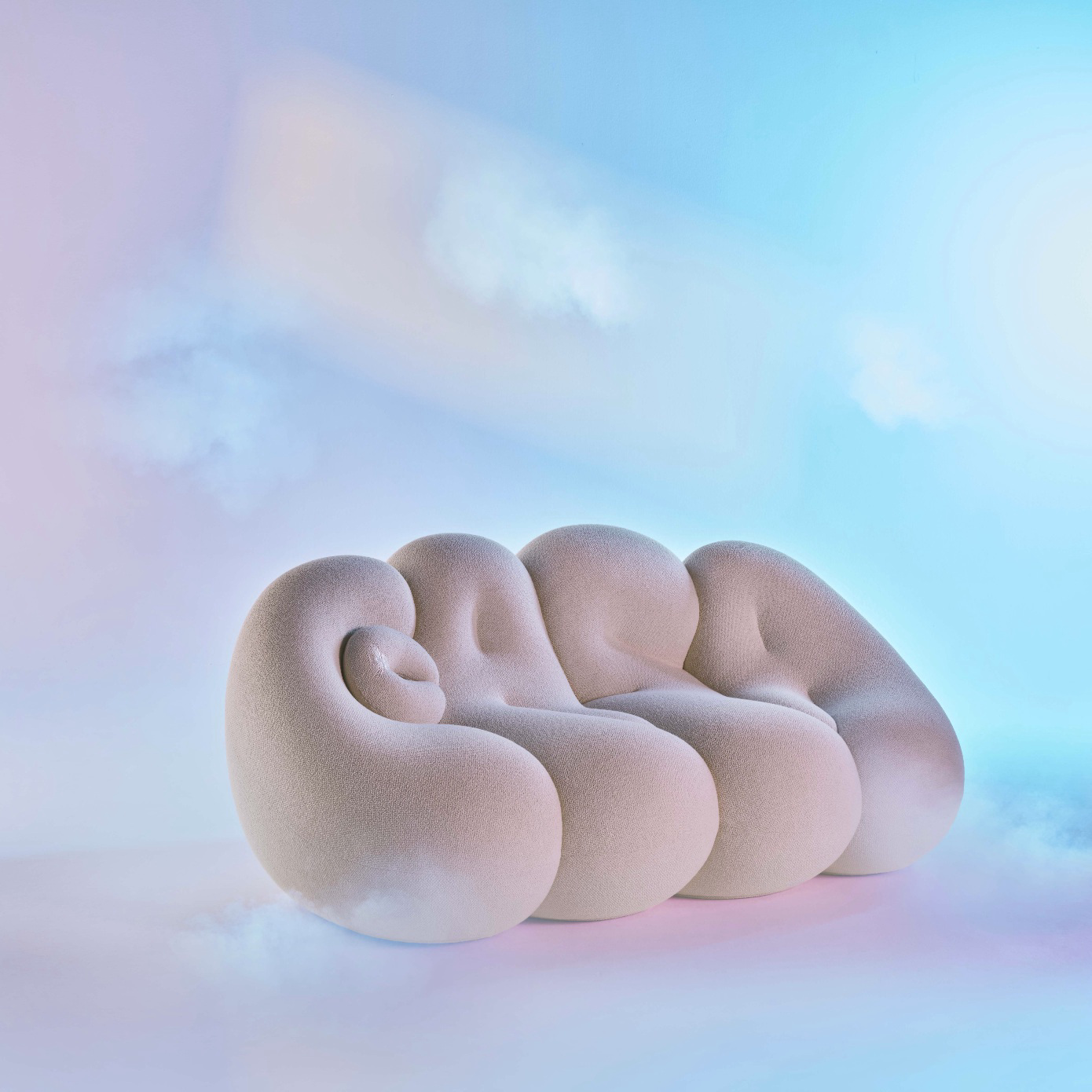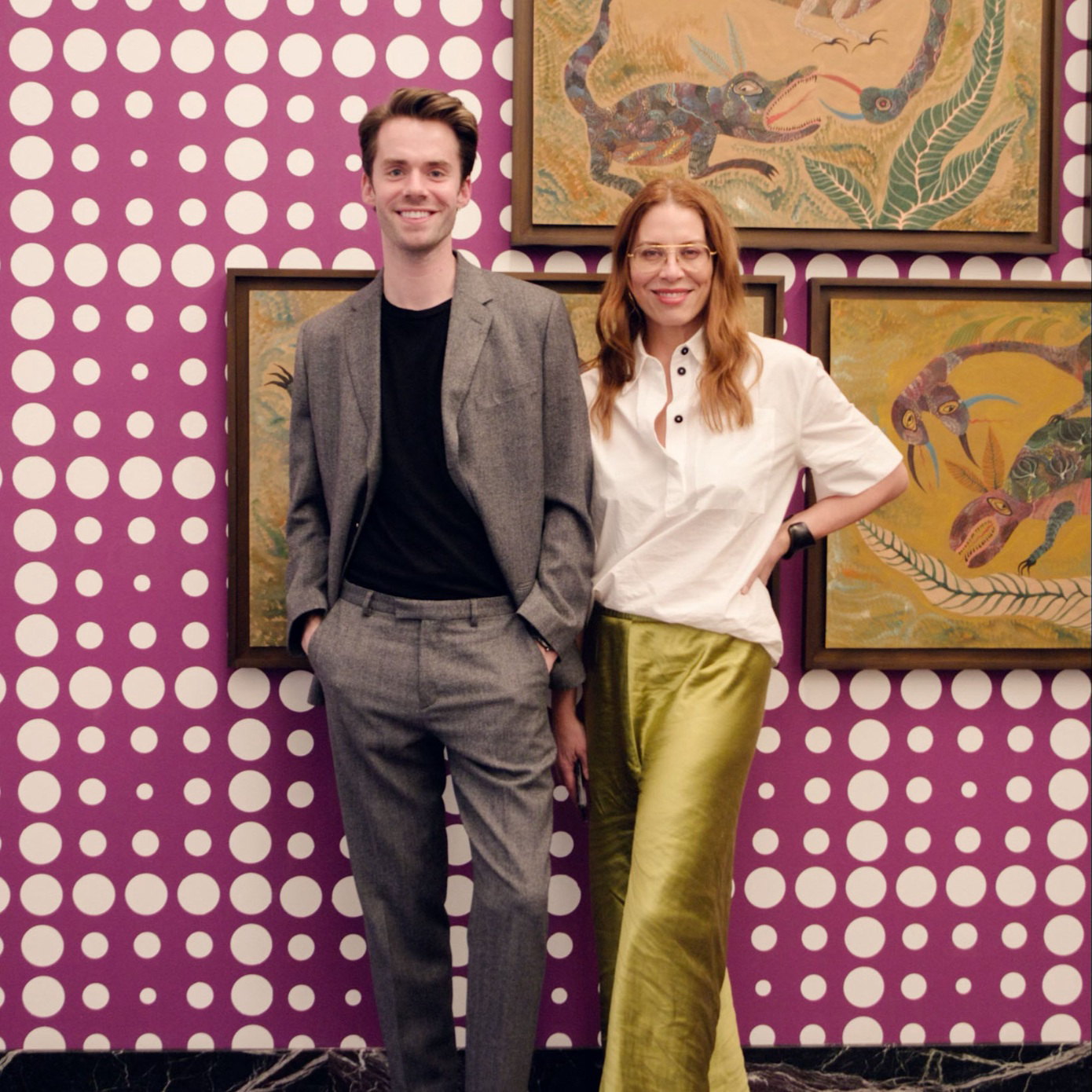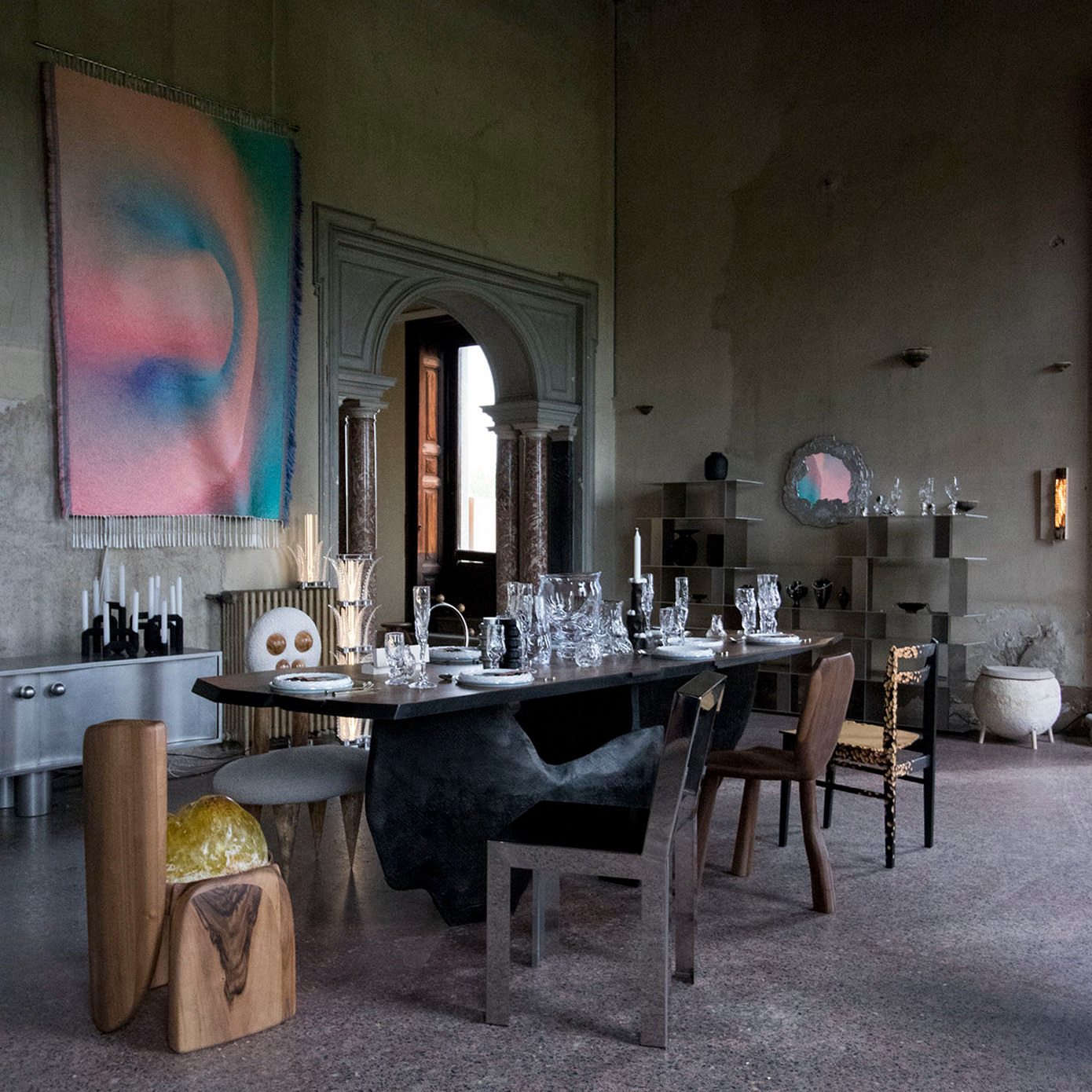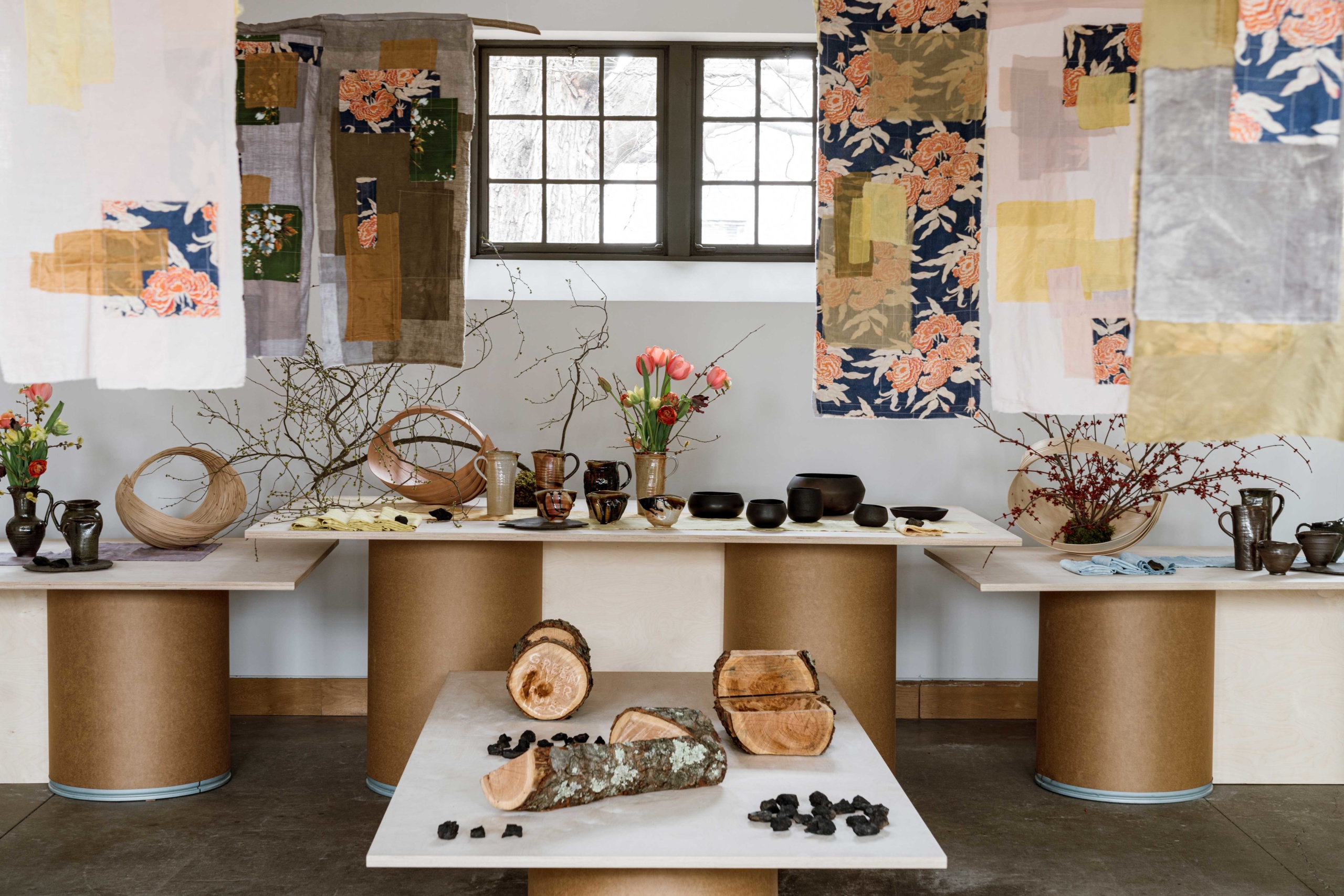
Since it began in Brooklyn in 2019, design fair Object & Thing has always set itself apart from its myriad of selling show peers. Presenting a mix of emerging contemporary and 20th-century artists and designers, the fair focuses on discovery with artistic director Rafael de Cárdenas and founder and former Frieze director Abby Bangser at the helm of curating the cool-kid objects. Though its first and second iterations strove to create an environment with the works, its third and fast-approaching fourth iterations enhance an environment with them. Last fall, and next month, the fair hosts are midcentury homes in the Tri-state area, where in collaboration with gallery Blum & Poe and Mendes Wood DM, artworks are shown amongst original furniture of the era.
Now, Object & Thing is organizing a pop-up more site-specific than ever before. At nonprofit farm Stone Barns in New York’s just-outside-of-the-city Westchester County, seven artists have been engaged to create works from materials there, from ceramic works by Stone Barns’s own chef-in-residence Johnny Ortiz to Green River Project vessels carved of black cherry wood in its orchards. Located in a barn on the property, the exhibition display itself recycles the same plinths, tables and consoles made by designer de Cárdenas for the inaugural edition but is hung with recycled and naturally dyed textiles by Megumi Arai. In conversation with Cultured, founder Bangser revealed how for this installation, celebrating the natural resources of its host property, in both its design and the partnership, was a priority.
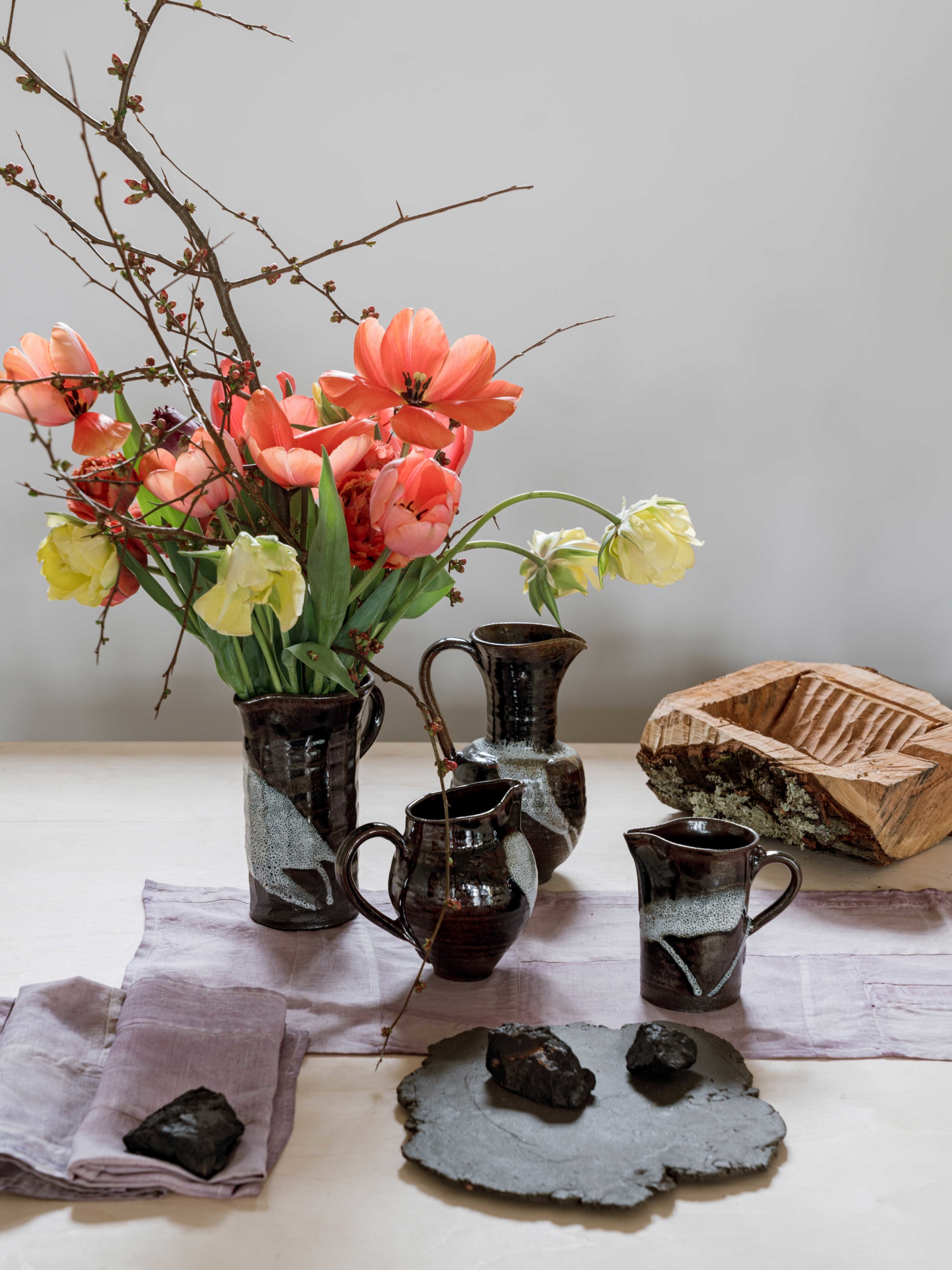
Elizabeth Fazzare: How did the partnership & gallery with Stone Barns come about and why did you feel it was a natural fit for Object & Thing?
Abby Bangser: I have long admired Stone Barns Center and its partner restaurant, Blue Hill, for their steadfast commitment to sustainable agricultural practices that connect the farm with the food that we eat, emphasizing what is in season and regionally available. Both Stone Barns Center and Blue Hill's innovation during the pandemic has been inspirational. One of their new ways of working has been the creation of a chef-in-residence program, for which they have invited four different chefs for five week residencies. Johnny Ortiz, current chef-in-residence and a former sous chef of the three Michelin star restaurant Saison, runs a dinner series at home in New Mexico that emphasizes wild foods and those of his culture from growing up on the Taos Pueblo. Those dinners use ceramic pieces that he makes by hand, pit fired and cured with elk marrow and beeswax.
We presented Johnny's ceramics at Object & Thing exhibition at the Noyes House last fall and we will be including a wider range of his bean pots and vessels in our upcoming exhibition at The Luss House this spring, in addition to his vessels and Field Studies we have now at Stone Barns. Our connection with Stone Barns in championing Johnny's work was an obvious one as I first was speaking with Laureen Barber, a co-owner and design director of Blue Hill, when she raised the idea of launching a gallery space through their arts and ecology initiative. It has been a privilege to collaborate with such a thoughtful and committed team, who work to support farmers and chefs in similar ways to how we at Object & Thing work with artists and galleries.
EF: Why did you choose the seven artists featured?
AB: The seven artists whose works we are presenting all share a great reverence for the materials they use in their practices, whether that is clay, dyes, fiber or wood. It was my great hope that they would be excited by the opportunity to visit Stone Barns and source new materials for their works from the farm. It has been inspiring to see what they have created.
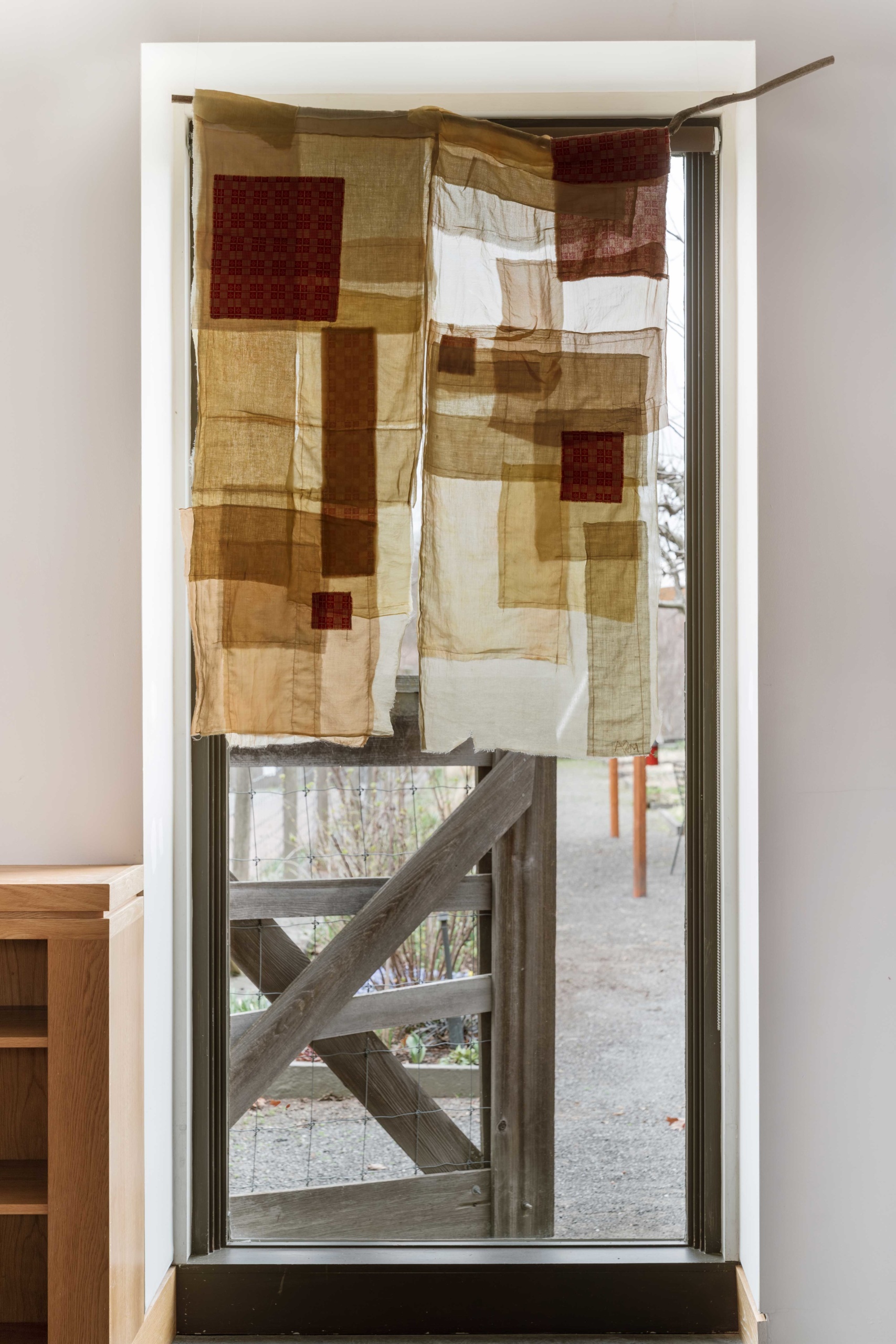
EF: Since it first began, Object & Thing has moved to present its exhibitions in architecturally interesting spaces (i.e. the midcentury homes and now Stone Barns). Why are these venues, and exhibiting in them, important to the fair?
AB: The idea that an Object & Thing presentation can help share stories through its settings is very important to me. I also think the objects benefit from an environment that offers a conversation with the works. This spring at Stone Barns, a visitor will encounter the handmade objects we are presenting after walking through one of the fragrant, blossoming gardens on the farm. This offers an immediate connection with the plants involved to make the dyes for the noren and table runners we are presenting. An experience like this offers a deep understanding for the process in making an object and its place in our daily lives.
I see this as a similar opportunity for the exhibition we are opening during the first week of May at the former home of architect and designer, Gerald Luss, who is best known for his design of the interiors of the Time-Life building in 1959. The house offers a viewing experience within an architectural environment that is meant to function with art and objects on a domestic scale and allows for us to create dialogues between the past and present.
EF: What are your hopes for the future of the fair?
AB: It has meant a lot to me that throughout our past editions there has been a group of artists and galleries we have collaborated with in an ongoing way. I would like for Object & Thing to further develop its ability to celebrate and support these visions, while also expanding to include others who share our values for the meeting place between art and design.
Craving more culture? Sign up to receive the Cultured newsletter, a biweekly guide to what’s new and what’s next in art, architecture, design and more.

